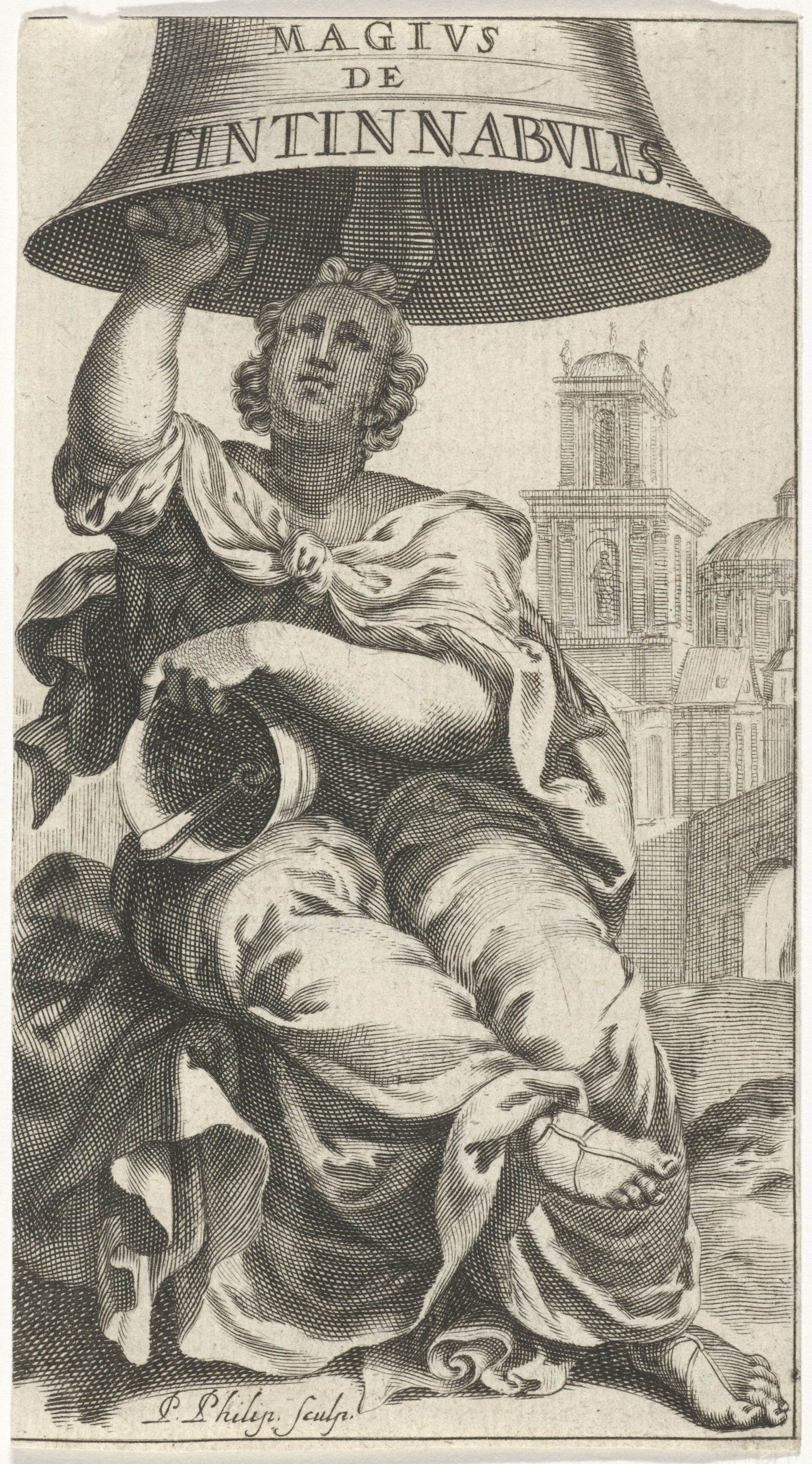Key Takeaways:
- Tintinnabuli is a simple musical style built on melody and bell-like harmony.
- Arvo Pärt invented tintinnabuli in 1976 after a creative and spiritual shift.
- This style uses silence and sound to evoke deep feelings.
- Films, choirs, and artists worldwide embrace tintinnabuli for its purity.
- Tintinnabuli proves that less complexity can yield more beauty.
Imagine hearing a single bell note echo in a quiet hall. Then a gentle melody joins. Together, they form a calm, shining sound. This is tintinnabuli. It sounds simple, yet it moves listeners deeply. First, we will meet the man behind it. Next, we will see how tintinnabuli works. Finally, we will learn why it still matters today.
Who Is Arvo Pärt and How Tintinnabuli Began
Arvo Pärt is an Estonian composer born in 1935. For years, he wrote modern and experimental pieces. Yet he felt restless. He loved sacred texts and old church music. Then in 1976, he had a breakthrough. At a concert, he unveiled tintinnabuli. From that night, his music changed forever. He left behind complicated scores. Instead, he chose simple notes and quiet spaces. Moreover, he found a way to mix art and faith. Since then, tintinnabuli made him one of the most performed living composers.
What Is Tintinnabuli?
Tintinnabuli is Latin for “little bells.” In this style, you hear two main parts. One part sings a melody. The other part plays notes of a triad, like A, C, E. When they join, they sound like a halo of bells. Then silence follows. Also, Pärt often uses words from sacred texts. He sets each syllable to a musical note. Thus, the number of words shapes the music. This link between language and sound gives tintinnabuli its unique effect.
How Does Tintinnabuli Work?
Tintinnabuli uses simple rules, or formulas. For example, if a melody rises by four notes, the bell-like notes follow below. If the melody falls by five notes, the bell-like notes move above and below. These patterns repeat. As a result, the listener senses balance and symmetry. Furthermore, Pärt uses silence as part of the formula. He places pauses that feel sacred. Therefore, the music breathes, like a quiet prayer. In this way, tintinnabuli leads us to notice each note, each rest, each space.
Why Does Tintinnabuli Feel Sacred?
First, tintinnabuli draws on ancient Christian music. It borrows from Gregorian chant and Renaissance polyphony. Back then, singers used a single line or wove many lines. Pärt distilled this into one melody plus one triad. Next, his faith shaped the style. He saw music as a way to open the soul. Thus, silence in tintinnabuli is not absence. Instead, it is full of meaning. He once said that silent pauses come from the “nothing” where life began. In this sense, tintinnabuli feels like a prayer or meditation.
Tintinnabuli in Modern Media
You have likely heard tintinnabuli without knowing it. Filmmakers love it for its emotional depth. For instance, it appears in “There Will Be Blood” and “The Thin Red Line.” Television dramas also use it during key scenes. Moreover, singers like Björk praise its beauty and focus. Theater artists value its sense of time and space. Even popes and patriarchs honor tintinnabuli at concerts and services. Clearly, this simple style crosses genres and cultures.
Why Tintinnabuli Matters Today
In a busy world, tintinnabuli offers calm. It invites us to slow down and listen. When notes fade into silence, we notice our own thoughts. Also, the style shows the power of less over more. It reminds us that art can be honest and direct. Plus, it blends faith and creativity without heavy words. Finally, tintinnabuli’s magic lies in its feel. It makes every blade of grass seem like a flower. In this way, Arvo Pärt’s creation continues to touch hearts everywhere.
Frequently Asked Questions
What inspired Arvo Pärt to create tintinnabuli?
He wanted to combine his deep Christian faith with music. After a long search, he found simple formulas that reflect sacred texts and silence.
How long does a typical tintinnabuli piece last?
Pieces vary from a few minutes to over thirty. Regardless of length, each uses space and quiet to build its mood.
Can anyone learn to write tintinnabuli music?
Yes. The formulas are clear. A composer studies melody patterns and the three-note triad. Then they practice placing notes and rests.
Where can I hear tintinnabuli live?
Check concert halls, cathedrals, or online videos. Many choirs and ensembles perform works like “Fratres” and “Spiegel im Spiegel.”
